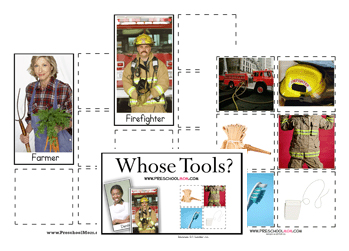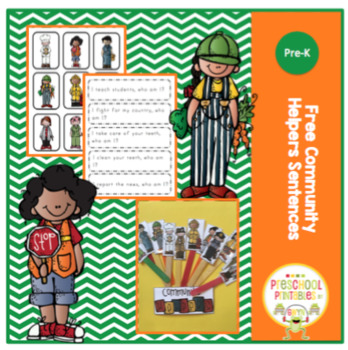January Theme Unit
ARCTIC ANIMALS LANGUAGE LESSONS
For one of our language lessons, we printed out and laminated pictures of animals that live in the arctic
as well as a handful of pictures of animals that live on the farm or in the wild. We then taped the pictures
on the walls of the school’s hallway. Each child was given a sheet with illustrations of arctic animals
and directed to walk up and down the hall to find matches. When they found a match, they had to name
it and circle it in crayon on their picture sheet. Then we counted up how many arctic animals each
child had found.

For another language lesson, we printed out an illustration of a polar bear’s paw, laminated it, put some velcro
on it, and taped it to a large tongue depressor. We then laminated a number of cardboard fish and attached
velcro to them as well. Each child took a turn spinning a spinner numbered one through three to see how
many fish the polar bear needed to catch. That child then used the paw to catch the correct number of fish.
When done, the child passed the paw and spinner to the next child, saying “it’s your turn”.

A third language lesson involved using small figures of arctic animals set out in a line (ranging from 5
animals to 8 animals). The children first labeled all the animals, then were told to close their eyes. While
their eyes were closed, a white kitchen strainer that resembled an igloo was placed over one of the animals.
When the children opened their eyes, they had to guess which animal was missing. The degree of difficulty
could be adapted for each child by decreasing or increasing the number of animals put out, or by hiding
two animals at once.
The above activities incorporated a number of language objectives including:
Following directions within a group
Taking turns
Speaking with peers (“it’s your turn”; “here you go”)
Expressive labeling
Short term recall
Counting with one-to-one correspondence
Matching illustrations to pictures
Miss Diane and Miss Linda
Speech-Language Pathologists













